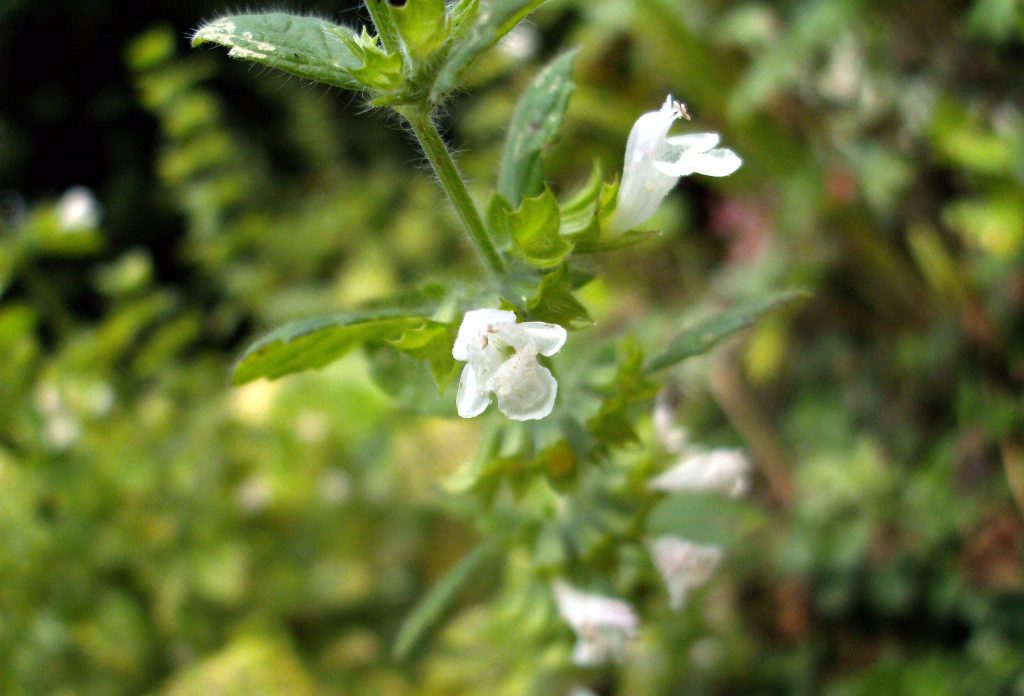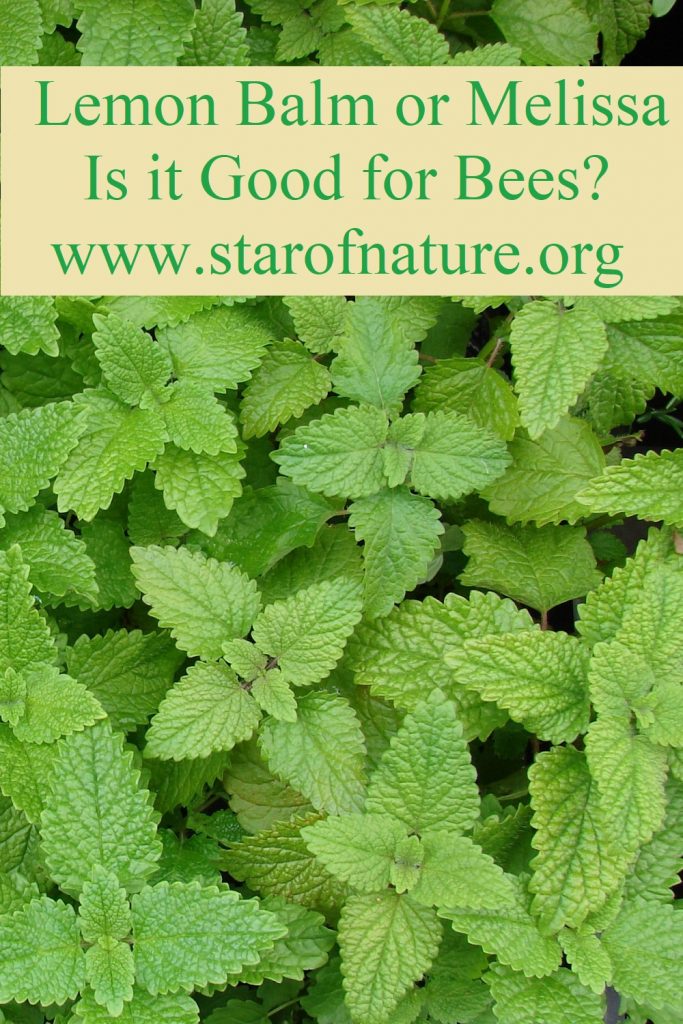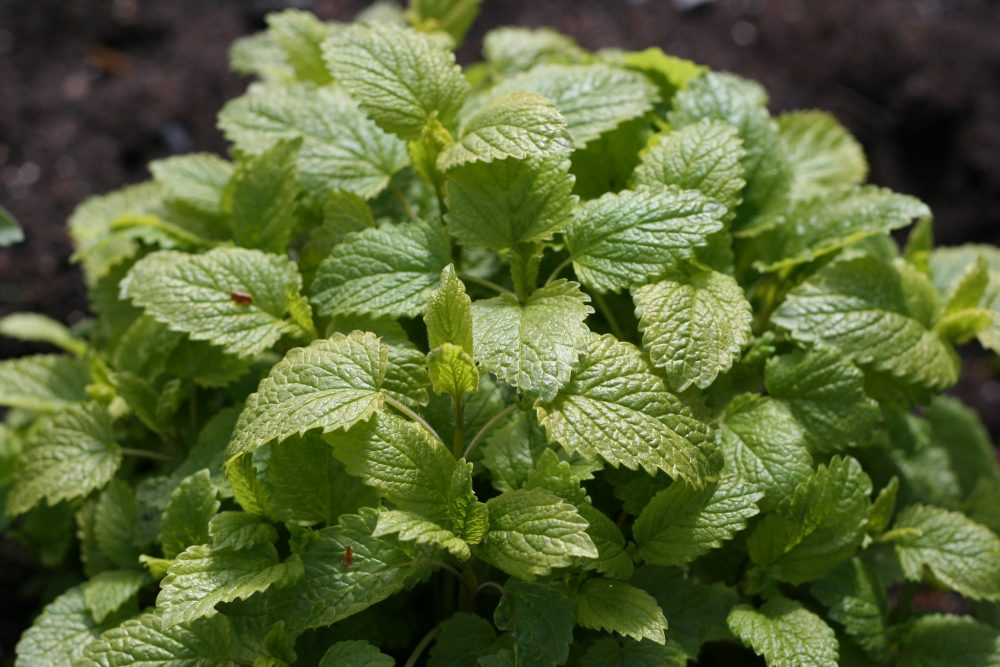Lemon Balm or Melissa – Is it Good for Bees?
Lemon Balm (Melissa officinalis) is an important plant for beekeepers. This is evident already in its name: melissa is a Greek word for ‘bee’. There seems to be, however, some confusion as to what exactly is its role and in what way is it good for bees.
Lemon balm attracts and calms bees
Lemon balm or melissa is a plant 50-80 cm tall with beautiful foliage and tiny white flowers. It has a very distinctive smell reminiscent of lemon.
Beekeepers agree that it attracts and calms bees. Makers of hives, as well as beekeeping literature and websites, unanimously recommend that you rub a few leaves of lemon balm on the inside walls of a new hive. This helps to make it more attractive to bees. Some beekeepers also claim that if you rub the leaves on your hands, bees will not sting them.
Does lemon balm produce nectar?
There is uncertainty, however, as to whether melissa also provides nectar. Some participants of online forums on beekeeping say that they have never seen bees on it.
The truth is that lemon balm is a very important nectar-producing plant. It flowers for an impressively long time, around 45-50 days, in July and August. During this period it makes large quantities of nectar. It has been estimated that a two-acre field planted with melissa produces 130-150 kg of nectar in the course of a summer.
The problem, however, is that honey bees can not get this nectar easily. It is hidden deep inside a tubular flower that is about 15 mm long. The tongue of a honey bee is simply not long enough to get it out without difficulty.
So honey bees collect some nectar and pollen from lemon balm, but generally tend to prefer other flowers. The majority of melissa nectar is consumed by other insects, such as bumble bees. For them it is an important food source.

Melissa is therefore a must have plant for any beekeeper or pollinator-lover, but not primarily as a source of nectar for honey bees.
Other uses of lemon balm
In addition to its use in beekeeping, melissa has many culinary, medicinal and cosmetic uses. It is particularly known as herbal tea. Indeed tea made from fresh leaves, on their own or in combination with mint, is a delightful and very summary drink. The leaves are also an excellent addition to summer cocktails, such as Pimms.
How to grow lemon balm?
Lemon balm prefers rich soil but is generally it is very undemanding. It grows vigorously in most soils, including dry and hot conditions. It self-seeds easily, and if you have it in your garden, you will have seedings sprouting regularly on disturbed soil.
What melissa definitely needs is the sun. Although it will grow in some shade, in such conditions it looses a lot of its scent. And this is of course an important issue for a beekeeper. The loss of scent also happens if the plants are positioned too densely and as a result do not get the full sun.
Image credits: ‘Melissa officinalis’ by color line; melissa flowers by Christoph Zurnieden
Posts related to ‘Lemon Balm or Melissa – Is it Good for Bees?’
How to grow wild flowers in the garden
Pollen: Basics for a Bee-Lover
What is Nectar: Basics for a Bee-Lover
How to Make your Vegetable Garden Bee Friendly
Pin ‘Lemon Balm or Melissa – Is it Good for Bees?’ for later

